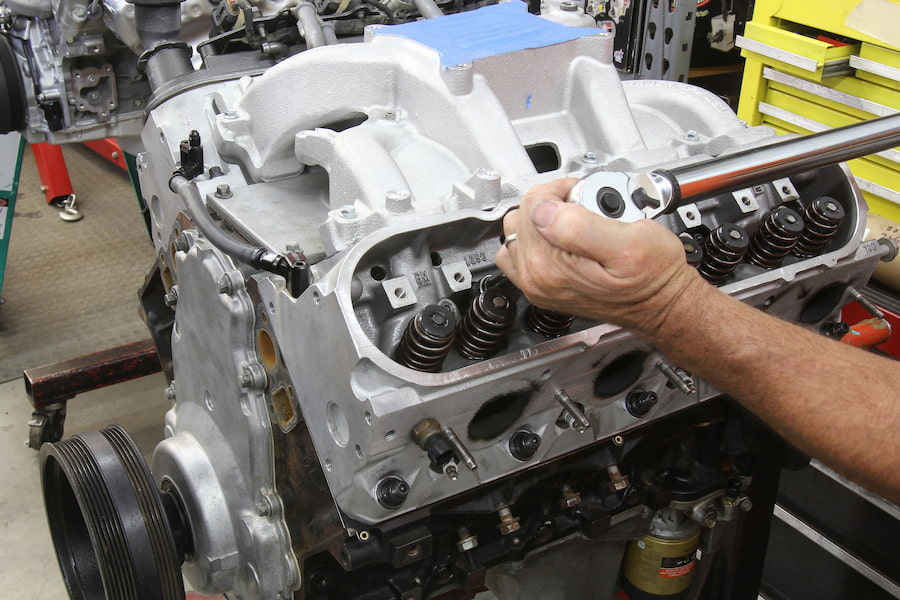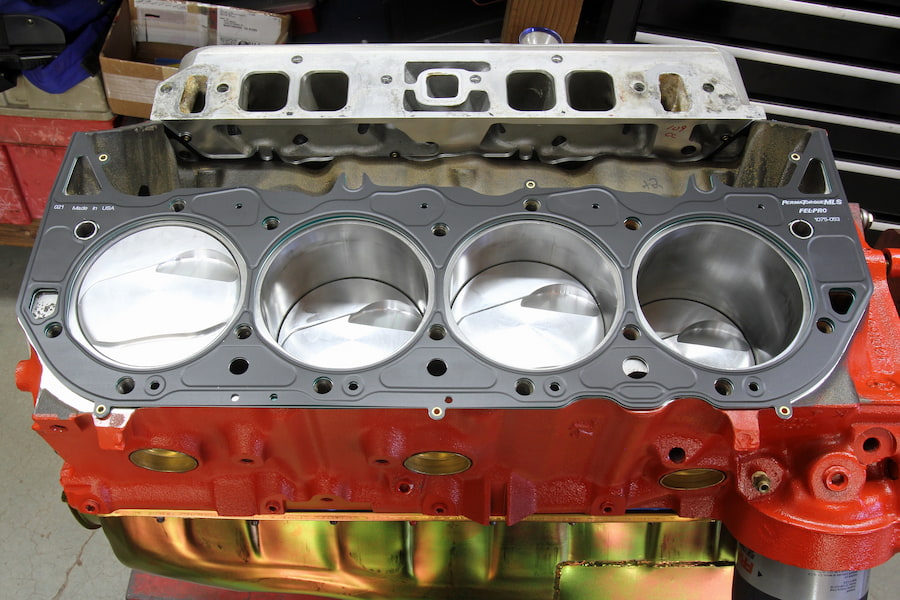How to Identify That Engine Requires Cylinder Head Restoration?

Recognizing a need for cylinder head restoration in a piston engine is a very important aspect that should be seriously considered for maintaining its performance and service life. The cylinder head is one of the vital parts of an engine which it serves. It creates the path for a mixture of fuel and air to flow and houses the valves, spark plugs, and coolant and oil passages to a certain extent. At this point, it could result in a range of engine issues, which can cause severe damage that is ignored for too long. Here are eight key headings that will guide you through the signs and considerations for identifying the need for cylinder head reconditioning:
1. Lower Engine Output and Fuel Economy
This part of the topic will focus on the effects of a failing cylinder head as a result of lowering engine power, fuel economy, and overall poor performance. Such a symptom as slowing down usually indicates that the cylinder head needs some restoration, which is manifest in problems like an engine operating ineffectively, increased fuel consumption, and a feeling by the driver that the vehicle is sluggish at acceleration and maintaining the speed.
2. Overheating Engine
An overheating engine is a very important sign it may be that the cylinder head has been compromise. This segment will demonstrate how cracks or warps in the cylinder head obtain, and lead to poor coolant circulation that in turn, results in the engine overheating. It involves how the situation can worsen over time as well, including the cylinder head damage through heat overheating, together with more severe consequences if no attention is given.
3. The Leaks of Coolant and Oil
Internal oil and coolant leaks from the engine block, especially when the line of the cylinder head or head gasket is damage, are some clear signs of the problem. The piston rings, and the piston itself is these parts that are build to seal the engine combustion and keep the oil and coolant in different channels. Nevertheless, when the cylinder head is crack, warp, or damaged in some other ways, it can result in a failure of this seal.
Signs of Coolant Mixing with Oil:
The presence of the white matter under the oil cover or the coolant reservoir is the most common evidence of the clogged cylinder head. This happens when there is a drip of coolant passing into the oil passages or vice versa causing the emulsion of oil and coolant. Typically, this injection is a mixture with a characteristic milky-brown appearance which can be seen on the filler cap, hour meter or the coolant reservoir.
Consequences of Coolant and Oil Leaks:
There could be several unfavorable impacts of oil mixing with coolant when it comes to engine performance and health.
Lubrication Failure:
Cooled oil loses its lubricating power as the mixture with coolant increases friction and wears down the components/parts within the engine.
Overheating:
Coolant loss can cause inadequate cooling of the engine, hence it may get excessively heat and in turn, result in more damage.
Corrosion:
The presence of coolant in the oil results in oil contamination which causes premature corrosion of bearing and other engine parts.
Engine Failure:
In a worst-case scenario, the absence of lube oil and coolant may result in engine seizure or worst accidents.
Unusual Exhaust Smoke:
The color and consistency of exhaust smoke become a diagnostic tool to scan for and reveal complex problems associated with the cylinder head or related system parts.
5. Strange Noises from the Engine
Rough or abnormal sounds that may from the engine can indicate that the cylinder head should check. In the next section, the way these sounds can a result of problems like valve malfunctions, bad combustion, and physical damage to the cylinder head itself will be discuss.

6. Loss of Compression
Loss of compression could be a hint or a symptom of a possible cylinder head issue. In this part, learners will direct on the steps to perform a compression test and how to interpret the results to assess the condition of the cylinder head. It will also show how loss of compression can impact engine power and what is the purpose of the cylinder head in establishing appropriate compression levels.
7. Oil Adulteration Resulting from the Presence of Metal Particles in Oil
The presence of metallic flakes or particles in the crankcase oil can indicate catastrophic wear or damage of the engine parts and in most cases, the cylinders head. This subsection is about the issues of finding metal particles in the oil for the engine’s parts and how they relate to the problem of cylinder head reconditioning.
Conclusion
Lastly, this is the coverage on the OBD-equipped vehicles’ diagnostics, which are capable of notifying drivers about any potential cylinders head problems through trouble codes. It will cover basic DTCs that arise from the cylinders head and how to pull them, together with the interpretation of these codes and their meanings in diagnosing cylinders head problems.
Also, read this: How Do I Know if My Car Needs a Dpf Filter Cleaning?







